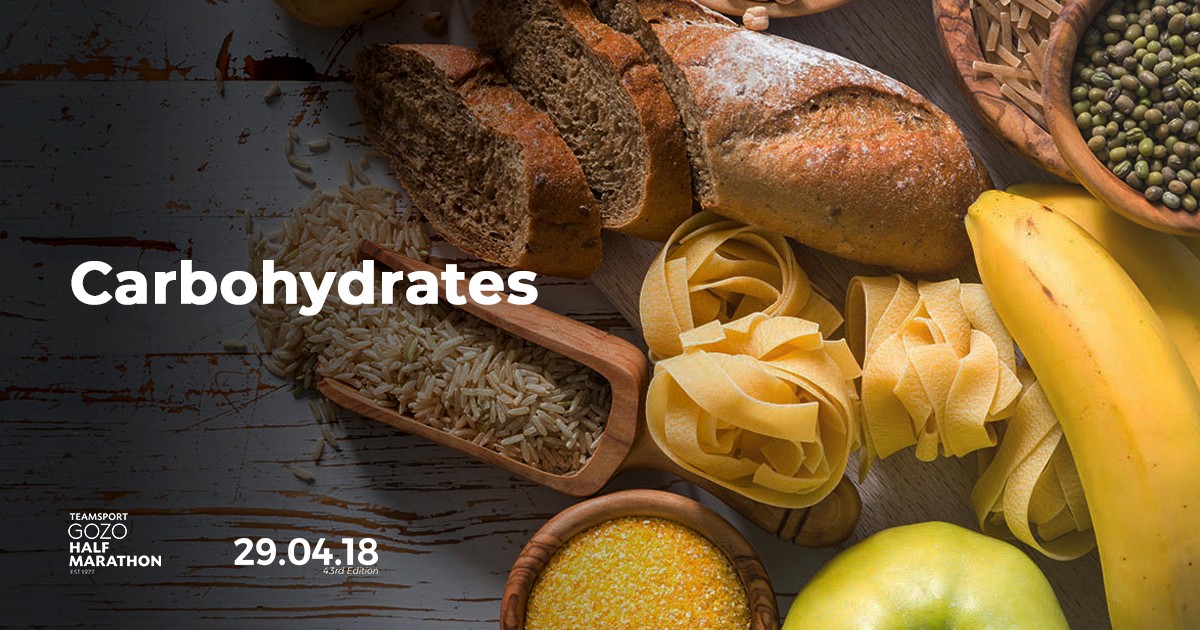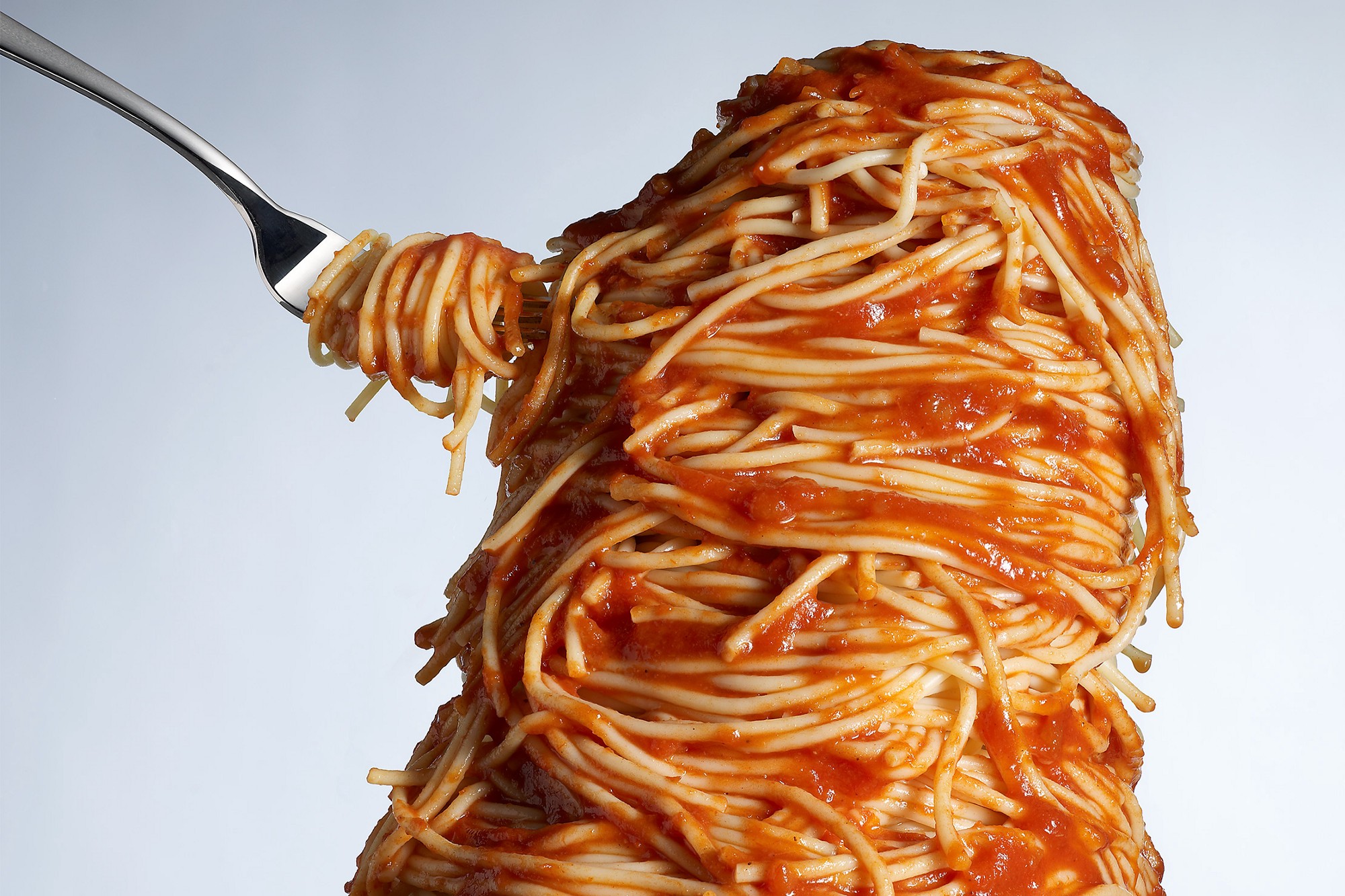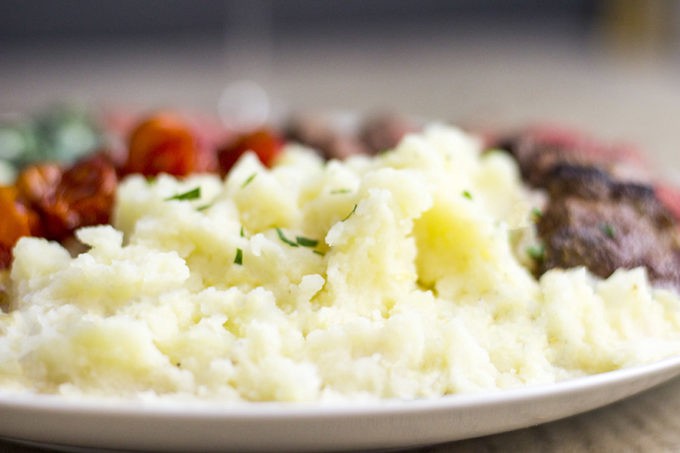
Want to know how to carb-load?
In the last article we this carb-loading was frequently mentioned but what exactly IS carb-loading? In this article we will explain how, when to carb-load and why maximizing your fuel stores via this method will greatly benefit your race performance.
What is meant by ‘carb-loading’?
Carb-loading describes a period of high carbohydrate eating which will maximize the body’s glycogen stores (glycogen being the main source of energy used by the body) in preparation for an endurance event. Although a lot of theories have been around along the years, it is now common practice to maximize carbohydrate stores 2 days before a race by consuming roughly 10g carbohydrates per kg of bodyweight (e.g. if you weigh 60kg then you should be consuming 600g of carbohydrates per day when carb-loading). First time runners who find it difficult to eat regularly may wish to begin carb-loading 3 days before the race instead.

When and how should I carb-load before a race?
As we said above, ideally one should start to carb-load 2 days before an event, possibly 3 days for inexperienced runners. We said that the overall target is approximately 10g of carbohydrates per kg of body weight. Therefore, one should set up a schedule of 3 meals and 3 snacks a day with each meal/snack being based on carbohydrates.

What are some different ways to carb-load?
Increasing your carbohydrate intake doesn’t necessarily mean eating huge volumes of pasta. To carb-load, you should firstly begin by increasing the portion of carbohydrates making up your meals. If mashed potatoes previously made up 1/4 of your plate, now is the time to upgrade to 1/2 with no guilt. This increases the carbohydrate content of each meal with minimal effort.
Snacks will play an important role in reaching your goal. Try to eat high carbohydrate snacks 3 times a day. This also gives you the opportunity to eat foods that you previously had to reduce. Also, try adding a glass of fruit juice to one of your meals to boost your carb intake.
As you can see, if you tailor each meal and snack option towards more carbohydrates, there will be no need to eat so much that you will feel uncomfortable. Click on the links below for some ideas!
Mint & pea hummus on flatbread
What should my portion size of carbohydrates be?
With each meal, try to fill at least half of your plate with carbohydrates. Protein is less of a focus at the carb-loading stage but it’s still important for muscle tissue repair. Therefore, fill the remaining half of your plate with 1/4 protein and 1/4 mixed vegetables. Don’t worry if you gain a few kgs while carb-loading. This is expected and most of it will be water weight that binds to carbohydrates for storage in the body.

In this article we have spoken about the right way to carb-load prior to the marathon. Carb-loading done right will help you race without “hitting the wall”; slowing down because of your depleted glycogen stores mid-race. Next month’s article will be the last article before the race and therefore we will talk about how to recover after a run as a final note. Until next time 🙂